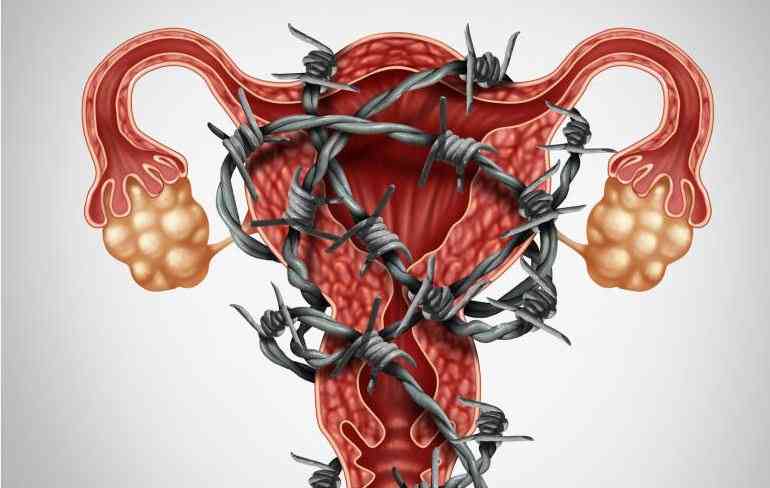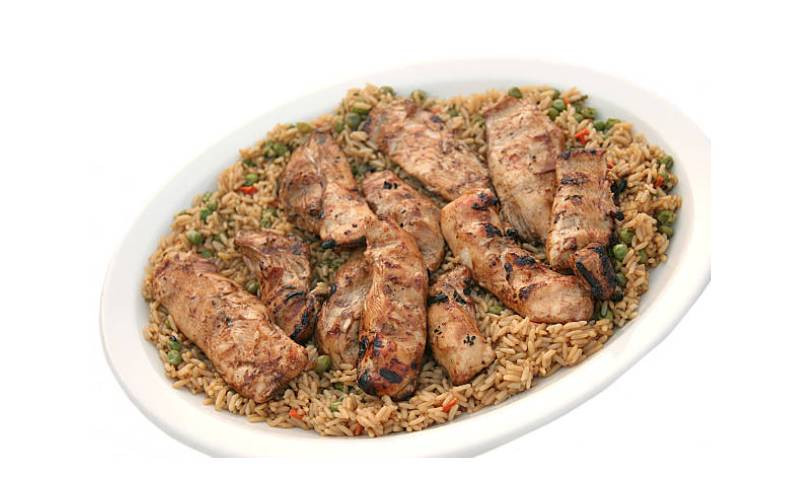
1. RED EYES
COULD BE: HIGH BLOOD PRESSURE
When an optician shines a light into your eyes, they see the tiny blood vessels in your retinas – the sensitive tissue at the back of the eye.
High blood pressure can make these blood vessels appear twisted – or even cause them to burst so the eyes look red. A quarter of adults with high blood pressure don’t know they have the condition, which can cause strokes.
2. YELLOW DEPOSITS BEHIND THE EYE
COULD BE: DIABETES
Yellow deposits of fat, or small tears in the retina, are signs of Type 2 diabetes. A big change to your glasses prescription is another. Early diagnosis is key to avoiding long-term, sometimes fatal complications.
3. IRIS RINGS
COULD BE: HIGH CHOLESTEROL
White rings around the iris – the coloured part of the eye – are a sign of high cholesterol levels.
Another clue is “xanthelasmas” – flat, white fat deposits under the skin on or around your eyelids. Studies show people with both these symptoms have a higher risk of heart disease.
4. PALE INNER EYELIDS
COULD BE: ANAEMIA
If the inside of your lower eyelids look pale when pulled down, you may be anaemic – lacking iron, which helps makes red blood cells. Anaemia can be treated with iron supplements, but can be a sign of internal bleeding, so see your GP.
5. BULGING EYES
COULD BE: THYROID PROBLEMS
Prominent-looking eyes can run in families, but eyes that appear to bulge may be evidence of an overactive thyroid. Abnormal levels of thyroid hormone cause the tissues around the eye to swell, making it appear the eye is popping outwards.
6. DROOPY EYELID
COULD BE: BELL’S PALSY OR STROKE
A drooping eye can indicate Bell’s Palsy, a temporary facial paralysis. It can also be a symptom of a stroke, especially if the speech is slurred.
More rarely, it could also be evidence of a brain tumour or an autoimmune disease that is known as myasthenia gravis.
7. DIFFERENT SIZED PUPILS
COULD BE: STROKE OR TUMOUR
Healthy pupils are around the same size and react similarly to light. If one pupil is bigger or shrinks more slowly, there could be a problem, such as a stroke, brain or optic nerve tumour, a brain aneurysm or MS.
8. YELLOW EYES
COULD BE: LIVER DISEASE
Liver conditions, including hepatitis and cirrhosis, can turn the whites of your eyes yellow – a symptom which requires an immediate doctor’s trip.
The colour is caused by bilirubin, a chemical created by the breakdown of hemoglobin, the oxygen-carrying molecule inside red blood cells.
9. PALE OPTIC NERVE
COULD BE: MS OR BRAIN TUMOUR
The optic nerve, which transmits information from the retina to the brain, is visible at the rear of the eye to an optician.
A pale optic nerve can be an early manifestation of MS or evidence of a brain tumour.
 The Standard Group Plc is a multi-media organization with investments in media platforms spanning newspaper print
operations, television, radio broadcasting, digital and online services. The Standard Group is recognized as a
leading multi-media house in Kenya with a key influence in matters of national and international interest.
The Standard Group Plc is a multi-media organization with investments in media platforms spanning newspaper print
operations, television, radio broadcasting, digital and online services. The Standard Group is recognized as a
leading multi-media house in Kenya with a key influence in matters of national and international interest.










